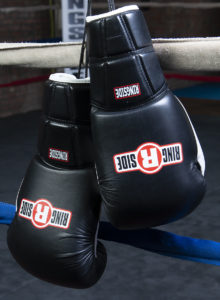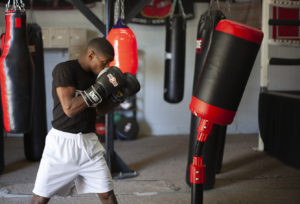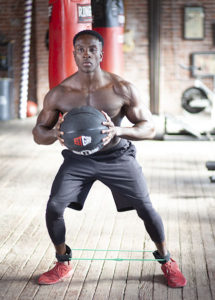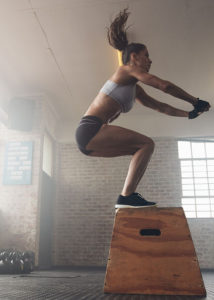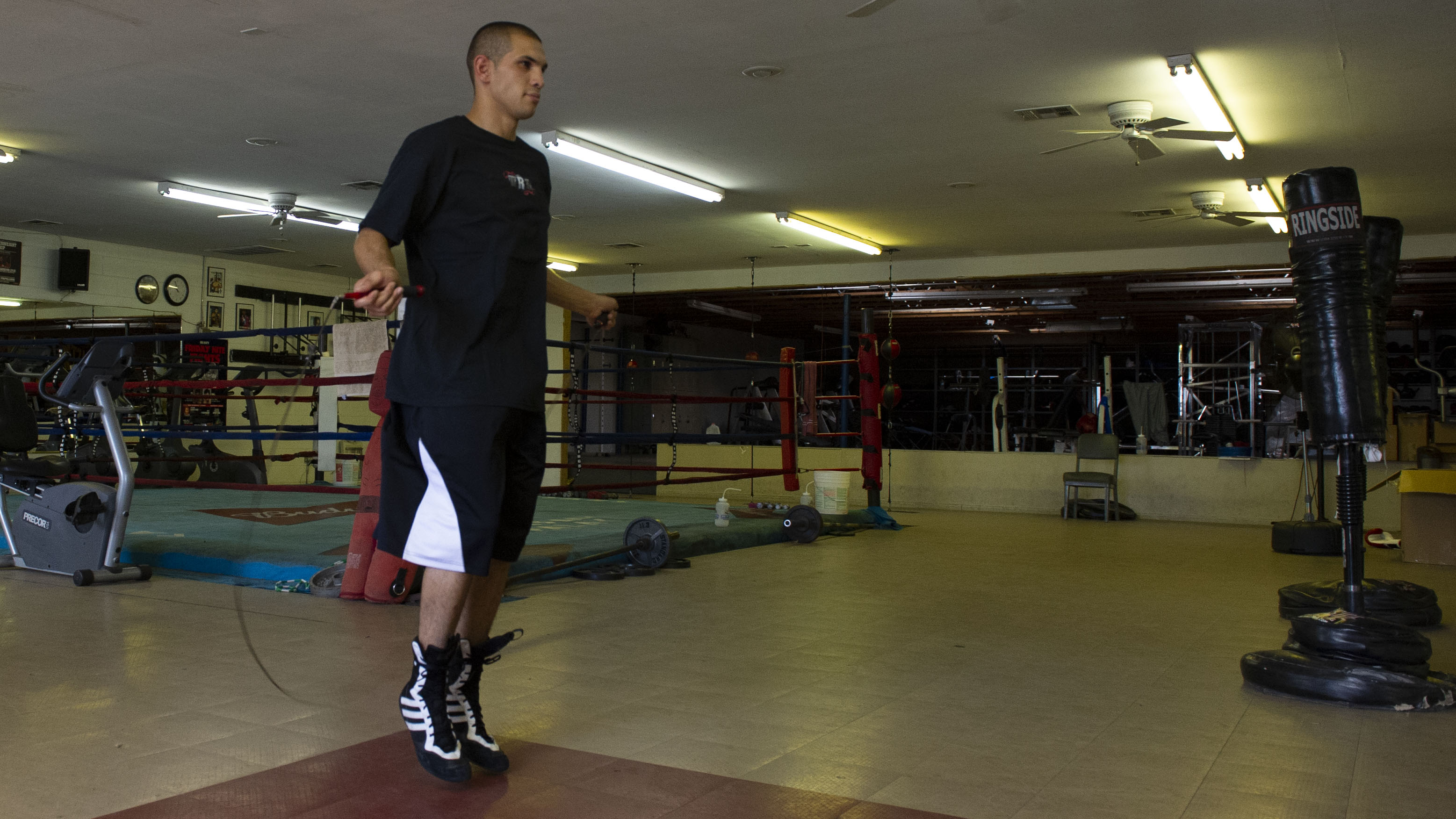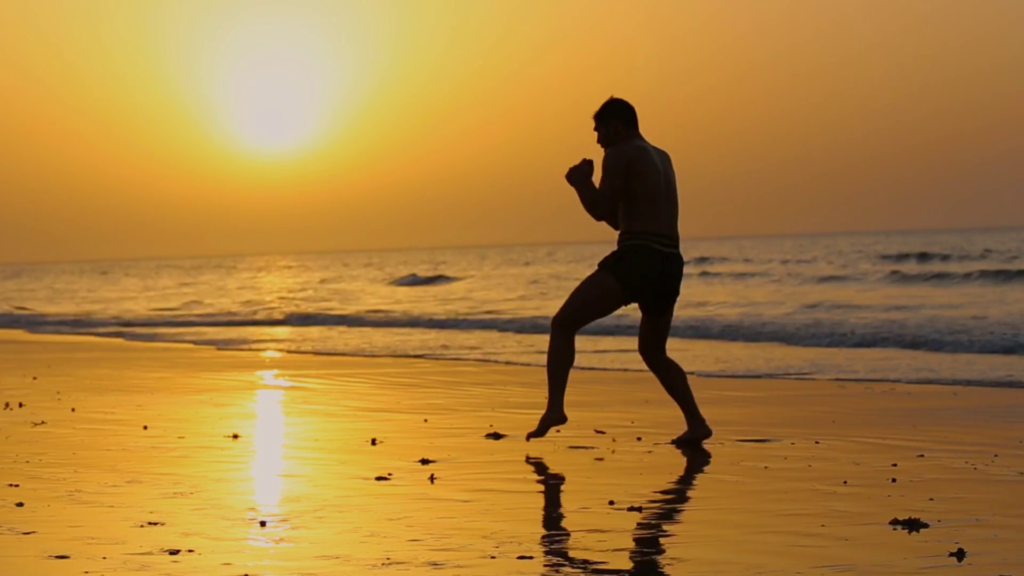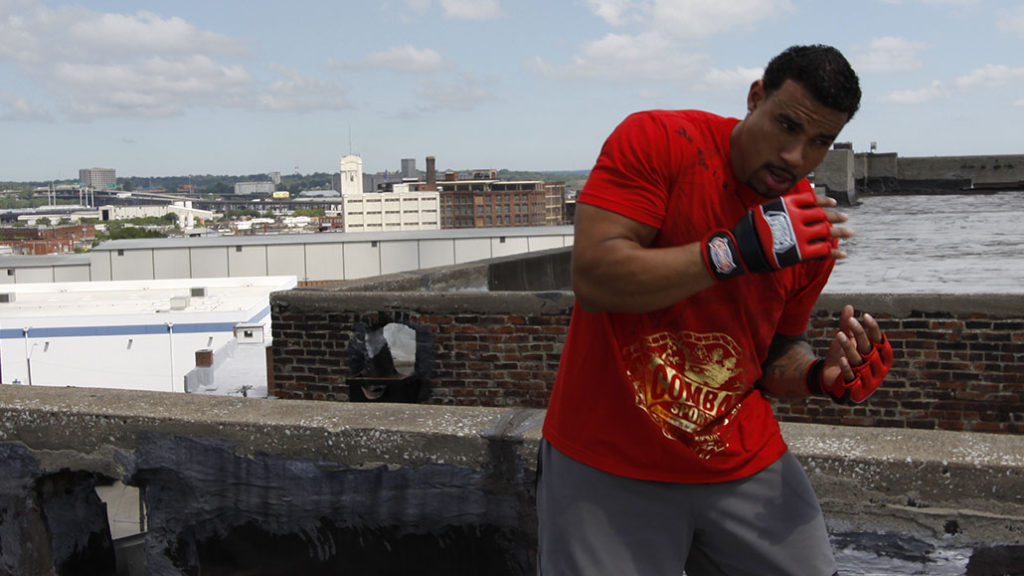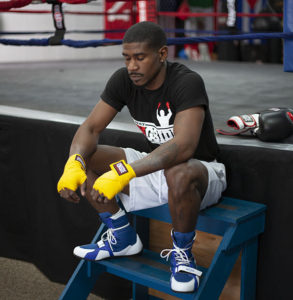You might not be surprised to learn that we are commonly asked about how to choose the best boxing gloves. With so many options, narrowing it down can feel overwhelming.
Do I need a bag glove or a sparring glove? Leather or synthetic? What’s IMF Tech? There are so many things to consider.
And then you have to figure out what size you need to get.
With all these choices facing you, how can you make sure that you’re picking out the right pair of boxing gloves for you?
We’ve put together a guide that will walk you through the seven things you need to understand when choosing your first (or your next) set of boxing gloves.
Continue reading “Best Boxing Gloves For You: 7 Things to Look For”

